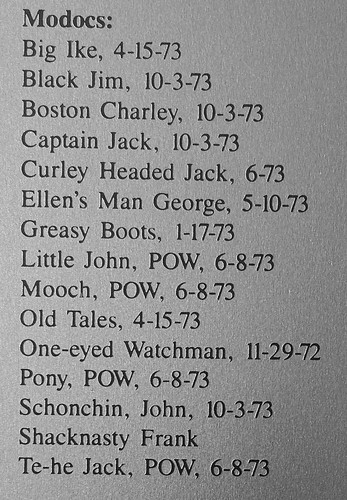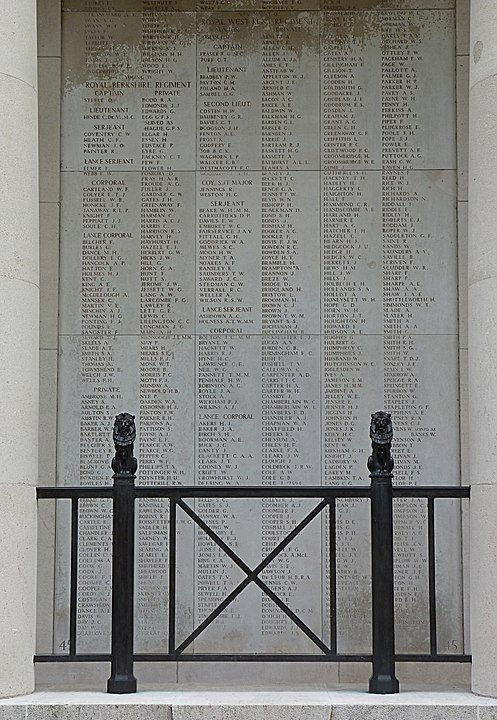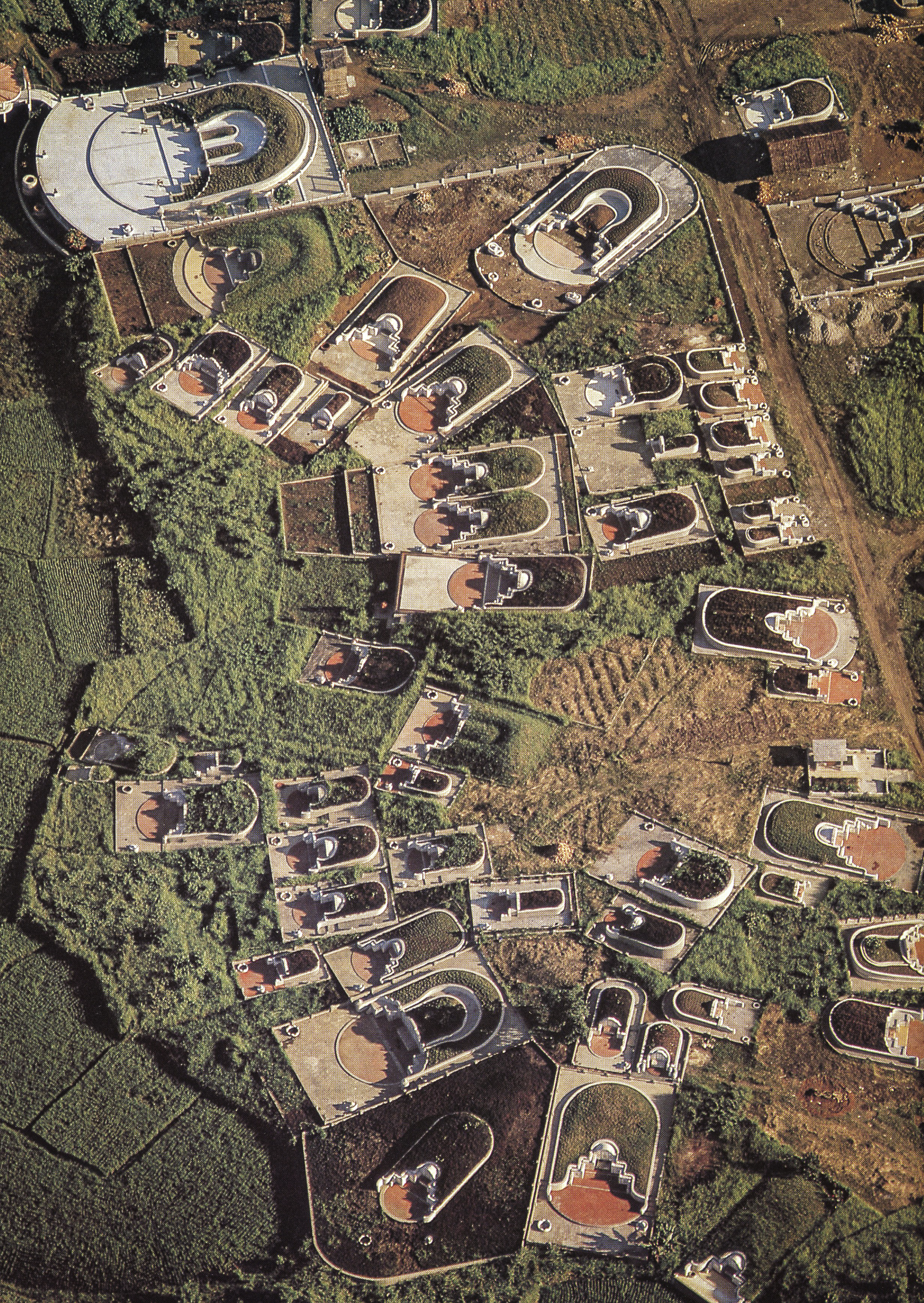

(from a church in Brittany)

(from the Modoc War of late 19th century California—see more detail)
It surely was Jill Lepore's "The Underworld" (New Yorker 4 October 2021) that got me thinking about Forebears and memorials and why and how the dead are remembered, and forgotten, by their descendants and by wider groups of people. Lepore describes the efforts being made to save and protect existing African-American grave sites, and to memorialize those interred in now-vanished burial places, and also explores some of the issues around Native American and First Nations grave sites and the return of remains (and other artifacts) to present-day communities. The Question
was my first take on the material, and as I've read and thought further an even broader range of explorations has surfaced.
You might begin to construct your own take on those Questions with some exploration of this
from my cemetery photographs, and perhaps you'll find yourself wandering to realms of genealogy and received family history. After all, we all have
From/Of parents, probably quite a lot is recognized and remembered, for good or ill, but by the late 70s we're definitely distanced in terms of our own life experience and (maybe) have a broader perspective on the lives and doings of older generations. We surely have mental images of no-longer-living persons, tales we tell and believe, and artifacts that connect us with those Forebears, and conventional judgements:
The formalization of Remembrance is everywhere:



(from the Modoc War of late 19th century California—see more detail)
and consider the names on war memorials (73,000 names of British and French soldiers killed in the Battle of the Somme in 2016, at Thiepval; the Vimy Ridge memorials in many Canadian cities; the VFW Post plaques all over the US; the Vietnam memorial in Washington DC...)

and sometimes a Tale is Told:


The oldest musical notation (ca. 150 BC) is found as part of the Epitaph of Seikilos

I am an image in stone
Seikilos put me here, where I am
forever, the symbol of eternal remembranceAs long as you live, shine
afflict yourself with nothing beyond measure
Your life is of brief duration;
time claims its tributeEpitaph of Seikilos: Spotify Playlist
=====
Once we get well away from European conceptions and styles of relating with forebears, there's more to understand and explain. Consider this image of a Chinese cemetery in Medan, Sumatra:

Consider what one has to assimilate to make sense of the landscape pattern here. The basic horseshoe form of a grave site is pretty clear, but why are they set at different angles? (feng shui is probably involved) and why are they different sizes? Burial kongsi and "secret societies" (often based on place of origin in China, sometimes on surname) are involved in funeral rites, but the tumuli are family plots. Details differ by linguistic subgroup—Hakka, Hokkien, Cantonese, etc. All very complicated.
Another take on the significance of Forebears: Sarawak's population is about 1/3 Iban (also known as 'Sea Dayak' in older literature). Many Ibans are able to recite their own lineage going back 20 or more generations; in theory, analysis of multiple individual lineages could be used to derive a vast map of the past.
A tusut is a descending lineage including couples in each generation. It begins with the most remote ancestor down to the present, and usually includes descriptive passages about major ancestors. It may pass through male and female ancestors. There is no limit to the number of tusut lines an individual may trace. Exact relationships are commonly known at least to third or fourth cousins. All children of either sex may have tusut.
Wikipedia
genealogical traditions of the Iban people
...a single-line pedigree. Each begins with a named founder (pun) and is traced through a single descendant in each generation. The descendant through whom the genealogy is traced may be either a man or a woman. It is in this form, as a single-line, bilateral pedigree, that individual tusut are typically memorized and recited by the Iban, and it was in this form that the author originally recorded them in written transcription.It is important to stress that while each tusut represents a single-line genealogy, the tusut as a collective body of oral genealogical traditions are extremely branching. Through their interconnection they provide individual with a number of alternative ways of tracing ancestry, or of establishing his or her kinship with other persons. Thus the genealogies presented here can only hint at the complexity of the tusut genealogies as an active, living, continually changing body of oral tradition.
(Benedict Sandin, Sarawak Museum)
Gawai Antu is a community celebration for all who have died since the last time the festival was held
And here are some shoulds about burial and mourning:
He said that he was a spirit named Apai Puntang Raga, and he advised them of the proper way to pay respect to the dead and the rules which they should follow in future in connection with burial and mourning. These rules, attributed to Apai Puntang Raga, are as follows:
- Immediately after death, the corpse must be properly washed and dressed in its best dress. After this its forehead is marked with three yellow spot of turmeric, and finally the corpse is moved to the gallery (ruai), where it is placed inside an enclosure of woven blanket called "sapat".
- On the next day, before the funeral takes place, food must be offered to the coffin before it is placed inside a coffin. At the cemetery, the coffin must be buried deep underneath the earth.
- When people return from the burial ground, the windows in the deceased's room must be kept close particularly at night; for it is said that while it is dark in this world, it is light in the after world and vice versa. At the same time, a sacred mourning jar is tied up by a senior lady of the longhouse, selected for this purpose.
- That same evening, a ritual fire must be lit in a special hut where food is placed for each of three evenings. The reason for this is fear that the dead person might stray up to the longhouse and disturb the souls of the living.
- For the same three days, an old woman will be appointed to eat black rice (asi chelum), for black rice in this world is white in the other world (sebayan).
- The sacred mourning jar is not to be opened except by a warrior who has managed to obtain a head; or by any man who can present a human head which he obtained in a duel; or by a man who has returned from a sojourn in enemy country.
- After the mourning period expires, a special feast known as the Gawai Rugan or Gawai Antu must be held as the last ritual for the dead.
- During the whole period of mourning right up to the Gawai Antu festival, no widow or widower may remarry or anoint themselves with perfumes and colored powder, or dressed themselves with colored garments. If such things happen, the offender will be brought before their respective chief and fined of being disrespectful to the relatives of the deceased.
And enjoy a visit to Spirit Photography: 19th-Century Innovation in Bereavement Rituals Was Likely Invented by a Woman (Felicity T. C. Hamer)

No More Kisses for Oscar Wilde Tomb at Pere Lachaise Cemetery
Government was urged to repair Oscar Wilde's grave in Paris in 1989
